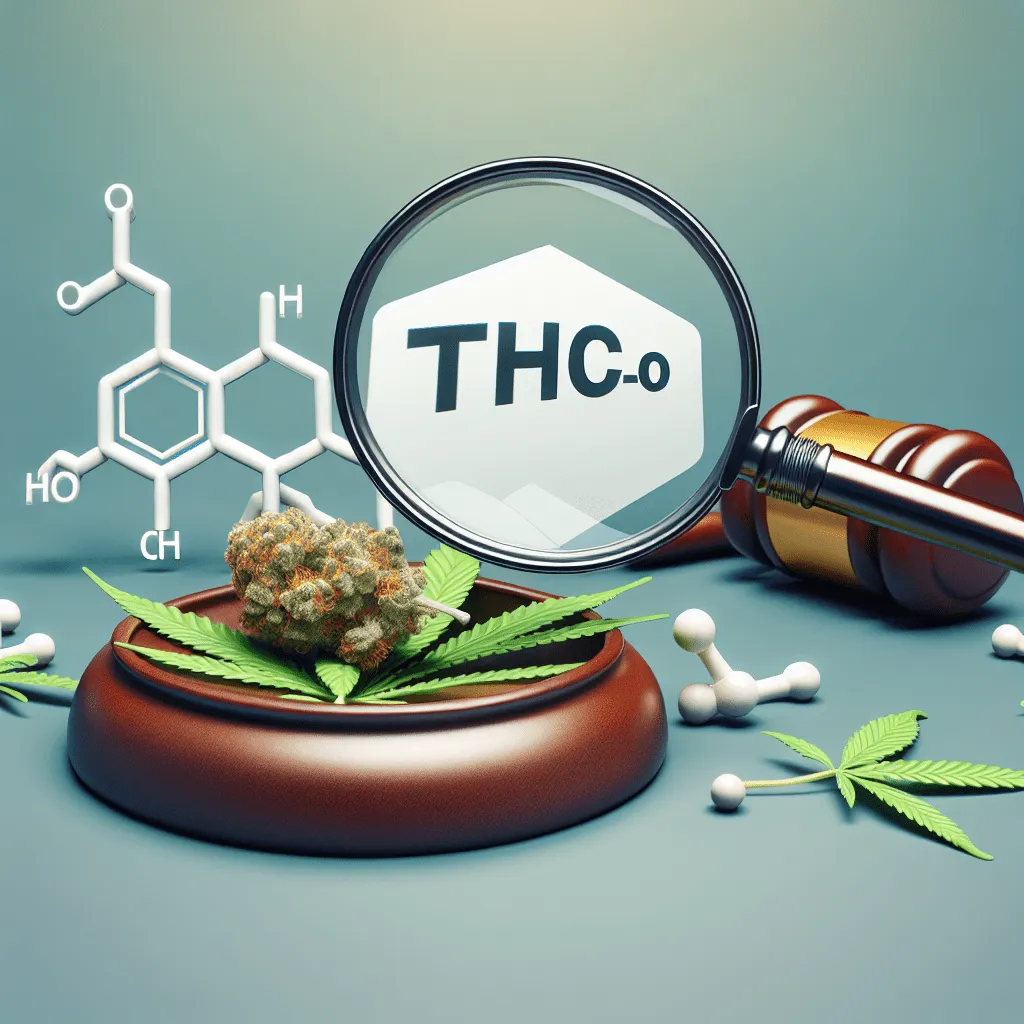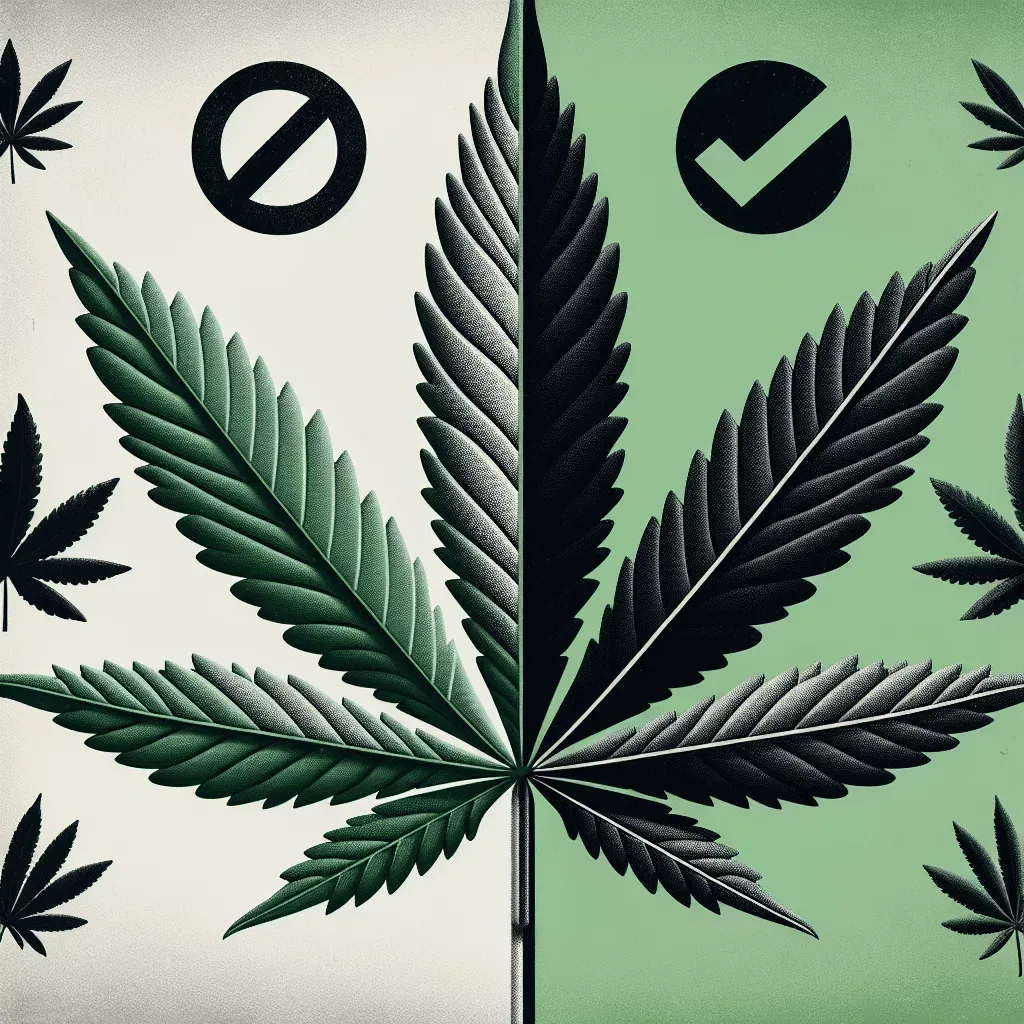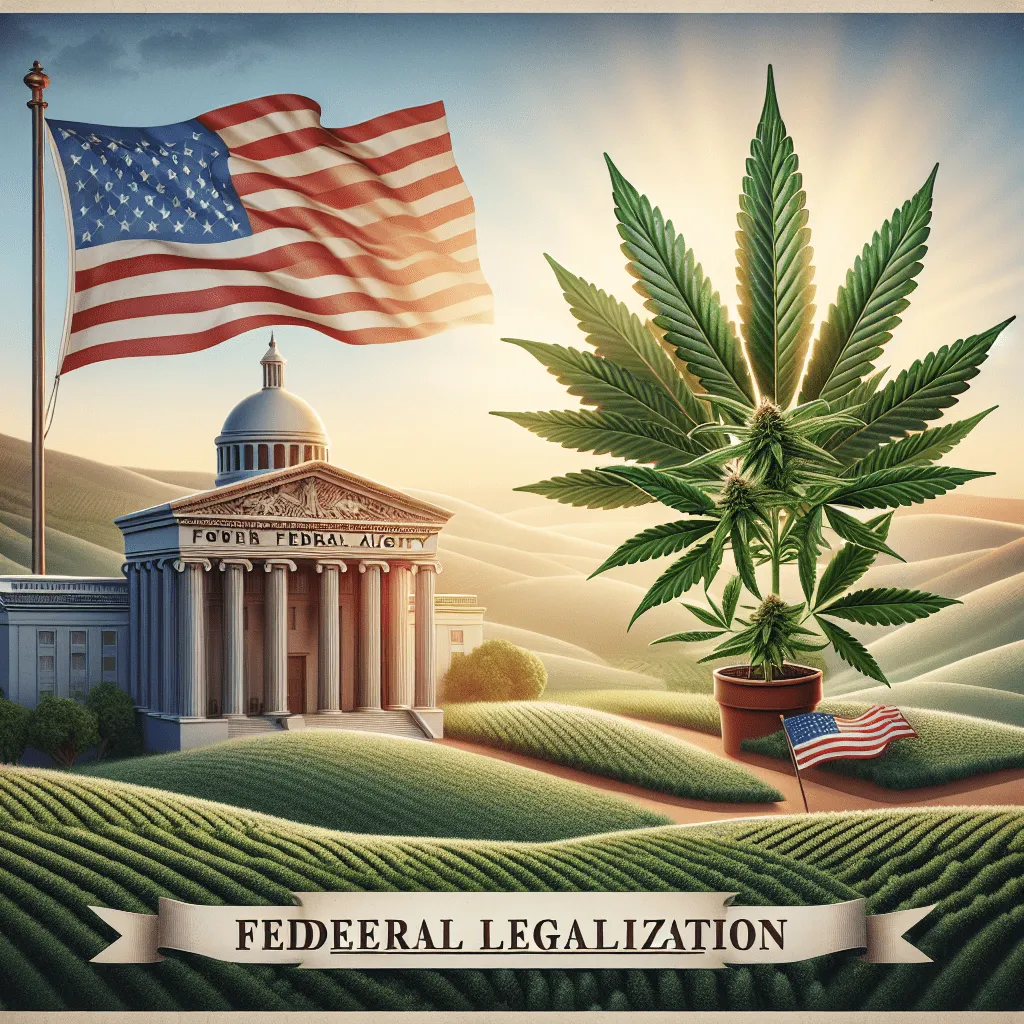National Ban on THC-O: What You Should Know
The latest product everyone’s talking about isn’t the newest gadget or fashion trend, but rather a compound called THC-O. Known for its potent psychoactive effects, THC-O has stirred interest and controversy alike. However, the buzz hit a screeching halt when the national ban on THC-O was announced. But why is a ban important, and what does it mean for consumers and the industry? This article uncovers the intricate details of the THC-O ban, highlighting its implications and offering insights into the future. We’ll delve into the context of this ban, explore its benefits and practical uses, and provide actionable tips for navigating these changes.
The Context of THC-O and the Ban
Before diving into the intricacies of the ban, it’s crucial to understand what THC-O is. THC-O, or THC-O acetate, is a synthetic derivative of tetrahydrocannabinol (THC). Unlike the naturally occurring THC found in cannabis plants, THC-O is synthesized through a chemical process that involves acetic anhydride. It differs from the well-known THC in its potency—it is often reported to be three times stronger.
While the allure of a more potent cannabis experience might seem appealing to some, concerns about safety rushed to the forefront. Unlike natural cannabis compounds, synthetic cannabinoids like THC-O haven’t been extensively studied, raising questions about their impact on health. Reports emerged of unpredictable and intense experiences, prompting calls for regulation.
The national ban on THC-O is not an isolated event. It is a part of a wider trend where synthetic cannabinoids are coming under scrutiny. Governments and health organizations worldwide are increasingly concerned about the lack of research and potential risks posed by these unregulated substances. The decision to implement the ban is largely motivated by a desire to protect public health.
The Benefits and Practical Uses of THC-O
It is essential to address the benefits and uses of THC-O that have been identified prior to the ban. Users typically seek out THC-O for its pronounced psychoactive effects. Those who have used it describe experiences that parallel psychedelic substances, providing profound introspective journeys rather than the traditional euphoria associated with THC.
In states where cannabis is legal, THC-O was marketed as an alternative for experienced users wanting a unique high. It found a niche among those who felt that regular THC wasn’t potent enough or provided diminishing returns. Anecdotal reports suggested that some could use THC-O in a controlled setting to explore therapeutic angles, much like the potential therapeutic uses of psychedelics that are currently being studied.
However, while individual experiences highlighted potential benefits, the lack of scientific corroboration held back any formal recognition of therapeutic claims. Unlike cannabidiol (CBD), which has undergone rigorous studies leading to some approved medical uses, THC-O remains in the shadows scientifically.
Actionable Tips and Insights for Navigating the Ban
The ban on THC-O brings with it a new set of challenges for consumers, retailers, and manufacturers. Here are some actionable insights to help navigate these changes:
Stay Informed: Keeping up-to-date with the latest regulations is crucial. Engage with reputable cannabis news sources and industry reports so that you remain knowledgeable about any shifts in legislation or enforcement actions regarding synthetic cannabinoids.
Seek Alternatives: With THC-O off the table, explore other cannabis products that align with your preferences and needs. There are various natural cannabis strains and products—both THC-dominant and CBD-rich—that offer diverse effects. For those interested in the therapeutic potentials of cannabis, products backed by research might be valuable alternatives.
Educate Yourself and Others: Understanding both the dangers and regulations concerning synthetic cannabinoids can empower better decision-making. Share your knowledge with peers who might be using or considering such products. Encouraging open dialogues can demystify misconceptions and highlight safety.
Consult Professionals: If you were using THC-O for therapeutic reasons, it might be prudent to consult with cannabis-friendly healthcare providers. They can advise on safe and legal alternatives to consider and help weigh the benefits against possible risks.
Advocate for Research: One of the root issues surrounding THC-O and other similar compounds is the lack of comprehensive research. Advocating for scientific research into synthetic cannabinoids can contribute to better understanding, guiding future regulatory decisions, and potentially uncovering their therapeutic potentials if any.
Conclusion
The national ban on THC-O signals a decisive focus on consumer safety and the need for prudent regulation in the cannabis industry. While THC-O presented a novel experience for some users, the potential health risks and lack of research prompted governmental intervention. As consumers, understanding the reasons behind such bans and the options available leads to informed choices.
The evolving legal landscape of cannabinoids like THC-O is part of a broader conversation regarding synthetic products’ place in modern society. For those invested in the issue—whether personally or professionally—it is an opportunity to foster safer practices and advocate for much-needed research.
In a world where innovations are swiftly meeting scrutiny, fostering an environment ripe for dialogue and learning is essential. Whether you’re a curious explorer of psychoactive compounds or someone seeking therapeutic cannabis benefits, staying informed and making safe choices is the best course of action. If you’re keen on further exploring this topic, [Leafly](https://www.leafly.com) offers a myriad of resources on legal cannabis use. We encourage you to explore these resources, share your thoughts, and engage in informed discussions with those around you.
National Ban on THC-O: What You Should Know – FAQ
What is THC-O and why is it being banned?
THC-O is a synthetic cannabinoid known for its potentially higher potency compared to traditional THC. Concerns about safety, lack of research, and unregulated production have led to a national ban.
When did the national ban on THC-O take effect?
The specifics of the national ban’s implementation can vary, but generally, it took effect when federal regulatory bodies declared THC-O an illegal substance due to health and safety concerns.
What are the legal implications of possessing or selling THC-O?
Possessing or selling THC-O in regions where it is banned can result in legal penalties similar to those for other illicit drugs, including fines, confiscation, and potential criminal charges.
How does the ban affect states with legal cannabis programs?
Even in states where cannabis is legal, THC-O is subject to federal regulation, meaning the ban supersedes state laws due to its classification as a federally illegal substance.
Are there any legal alternatives to THC-O?
Legal alternatives include hemp-derived cannabinoids such as CBD, which are federally legal if they contain less than 0.3% Delta-9 THC. Users should research legal non-synthetic options available in their area.
Share this content:



